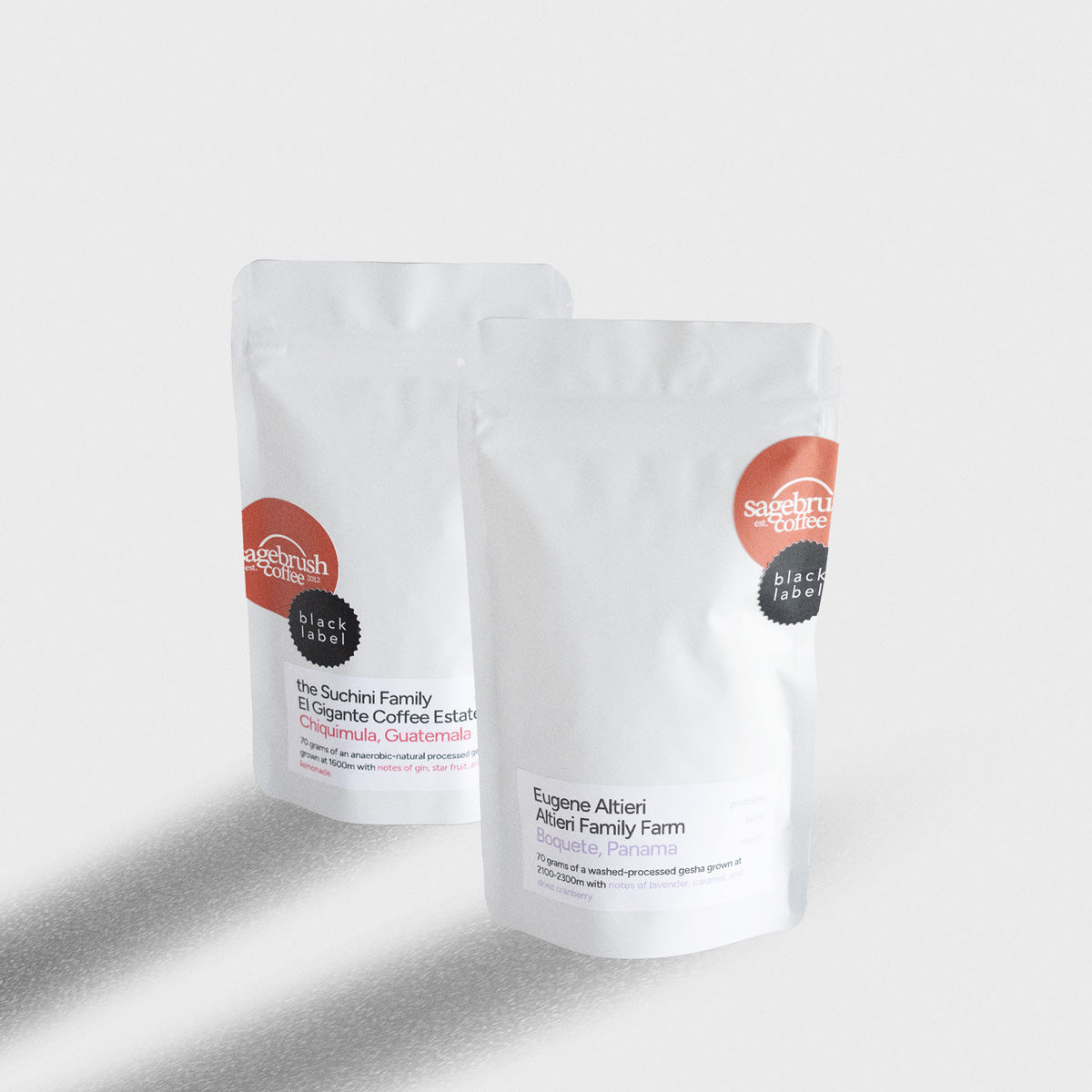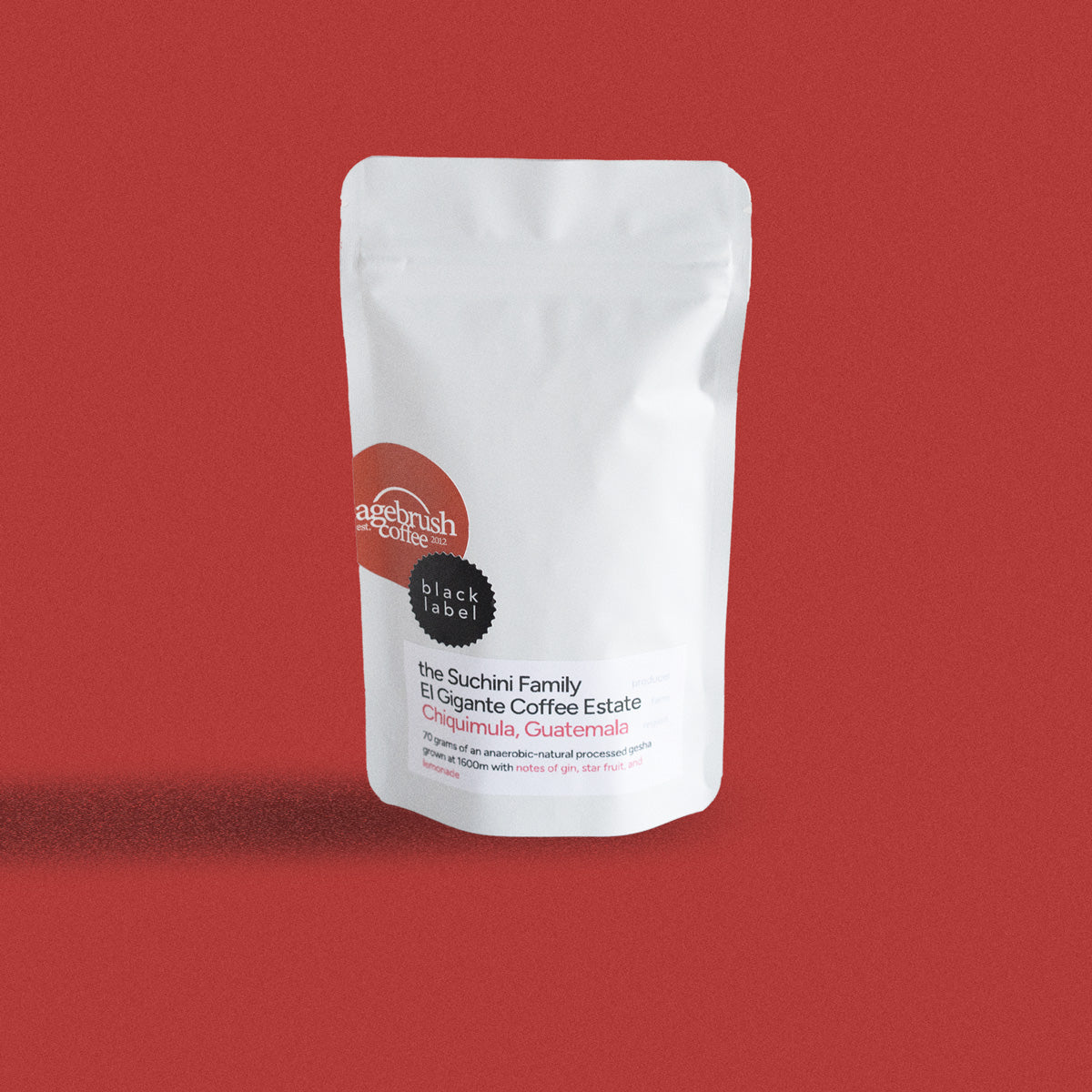
The pour-over may be my favorite coffee topic of all time, and that might have to do with it being my favorite coffee brewing method. I'll share a little about how it all started. I grew up drinking coffee from a percolator every Sunday at church. Percolator coffee was a staple if you were in an American church through the 80s and 90s. That would all change the day I was introduced to the pour-over. At first, I didn't think much of it. It was fine coffee. After drinking a few weeks from a pour-over, I went back to church like I always did and poured myself a cup of lovely percolator coffee. It was the first time my palette noticed the difference. And what a difference it was! If I can describe the flavor of the last cup of percolator church coffee I would ever have in one word, it would be DIRT! That's right; it tasted like dirt. I wish I were exaggerating.
You may be thinking that I'm just a coffee snob. If you were to have a coffee snob rating from 1-10, one being the least and 10 being the most, at that time, I was about a two. Even after working as a barista at a well-known coffee shop, my palette could still accept just about any coffee. I credit the pour-over with my conversion from drinking any coffee under the sun to turning into a level seven on the coffee snob scale. I rate myself a seven because as seriously as I take my coffee, some take it even more seriously than I do. There are times when I hear of brewing methods and am highly skeptical that they bring anything new because why would anyone try anything else once you've discovered the pour-over.
Even with the popularity of espresso-based drinks, the tried-and-true pour-over has the longevity that can stack up against any other form of good brewing. It may not be ideal for a large party, but it's perfect for your every morning cup of coffee to start your day.
How Did We Get the Pour-Over?
It's such a simple method that it seems odd that it would have a long and extensive history. It goes right back to the innovation of people who are not satisfied with good enough. Even with something as simple as pouring water over coffee, making sure each step, ingredient, and tool works just right can produce a cup of coffee so delicious, you wonder how you ever lived without it. It all started with Amalie Auguste Melitta Benz, in 1908. She was dissatisfied with the flavor of the coffee from her percolator. She wasn't happy with the bitter taste that over-extraction caused. She was so determined to find a better way to brew her family's coffee that she experimented with different tools. If you've bought filters at the store, you may be familiar with Melitta filters. When I worked as a barista, a common request was "ground for a Melitta" when customers wanted their coffee ground. It sounded odd to me because I knew very little about coffee at the time.
Amalie Auguste Melitta Bentz was one amazing woman. She took her dissatisfaction with her coffee and used her creativity to create something that would revolutionize the coffee experience. She took a brass pot, punched holes at the base, placed a filter which was a page out of her son's school book over the holes, put her coffee grounds on it, and poured water through it into a cup. This method was successful in removing the bitter flavor from over-extraction. Her goal was simple; she just wanted a good cup of coffee. From there, she continued to develop the design and would sell her filters at fairs. She received a patent for her invention and built a business that has grown to the next generation. Today, the Melitta name is commonplace in the coffee community, and family members still operate her company. She opened the floodgates to pour-over possibilities. Innovation wouldn't stop with her, but it would continue around the world.
Who Was Amalie Auguste Melitta Bentz?
When she decided that she wanted better-tasting coffee, she probably didn't know that it was the start of something special. She was just after a great-tasting cup of coffee. She was a housewife taking care of her family as many women did during her time. She probably had no idea that over 100 years later, people would be writing about her and celebrating her accomplishments. History is full of pioneering women who didn't let social obstacles keep them from experimenting with ideas and accomplishing great things.
The Sagebrush Favorite – Hario V60
While Amalie Auguste Melitta Benz's undeniable impact on the creation and evolution of the pour-over is clearly seen today, others were not without their own ideas. If you travel to Japan, you'll find that they were busy refining their products and would eventually bring the Hario V60 Pour-over brewer. The V60 is the preferred method used to brew our pour-over options here at Sagebrush. If you come in and order a pour-over, you'll see our baristas using the Hario V-60 Copper Dripper. The V60 doesn't go as far back as the Melitta filter, but it's also full of rich history. The company started back in 1921 under the name Hiromu Shibati Works located in Japan. They were mainly a glass manufacturer. They would eventually transition beyond glass to include ceramic, plastic, and copper. Ultimately, it would change its name to Hario, which means the King of Glass. It would be a long time before the first V60 would be available to the public. Finally, in 2004, the first ceramic V60 was mass-produced and sold. Now you can find it in plastic, glass, copper, and of course, ceramic.
It's become a reliable method for brewing a great-tasting cup of coffee. It was the best brewer in the World Brewers Cup in consecutive years from 2011 to 2017. The ceramic model is usually what is used for competitions. Of course, you can use ceramic, plastic, or glass for home use if you choose. But our favorite is the copper dripper. Its beautiful design, conical shape, and ridges help the water flow through for a great-tasting cup of coffee. Check out our V60 offerings for a perfect pour-over.
If you're curious about my favorite pour-over method, it's neither the Melitta nor the V60. It's the Kalita Wave. It's a little different from the V60 in that it has a flat bottom and three small holes for a slower flow rate. I like a pour-over that uses a finer grind which is one of the reasons I love the Kalita Wave. I mention it to show that you can brew your coffee how you like it and point out that you have lots of options with the pour-over method. Leave a comment if you'd like to know more about the Kalita Wave. I would love to share more thoughts about it.
From Melitta to Kalita to Chemex, there are so many ways to enjoy a pour-over. As I consider the evolution of coffee, the trait that stands out the most is how customizable it has become. Like we always say, drinking coffee is all about how you like it. So whether you enjoy a Melitta, Kalita Wave, V60, Chemex, or whichever you like, let's take a moment and remember the woman who started it all. We wouldn't be here talking about all the pour-over methods available if it wasn't for Amalie Auguste Melitta Benz and her pursuit of a great cup of coffee and her relentless effort to share it with the world.

















